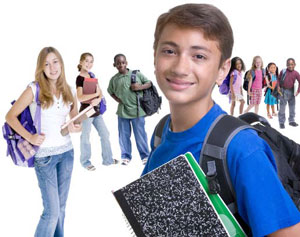

Students standing in the hallway between classes.
Racial tensions appear to be intensifying in this country, as they have not in quite some time. From the rise of the birther movement—which asserts that President Barak Obama was not born in the United States—to the passing of Arizona’s polarizing and highly controversial immigration law, SB1070, the lines being drawn re-introduce and re-invent those paradigms of self and other that has defined so much of our conflicted past. Despite our global realities, and the presence of so much difference in every part of the world, the United States seems to be moving toward a place where multicultural cohesion, and embracing diversity, is discounted, or wiped out entirely.
Nowhere do the dynamics of racial and cultural difference seem to play out more than in our schools, where children are learning, firsthand, the boundaries of race and ethnicity, and how they, their families, and their friends fit into those cultural structures. In the forty or so years since our schools integrated, the luckiest of our children have spent part of every day with others from all backgrounds, not only racial and ethnic, but economic as well. Slowly over the years, this began to appear as a gift, something to celebrate, and today, education seems to embrace the richness of multiculturalism as an inherent part of a child’s education, at least in theory. However, recent incidents demonstrate that despite the high levels of difference this country has to offer, the incorporation of cultural diversity as something to be celebrated rather than just tolerated in K-12 schools isn’t a given, especially at this time.

Helping students learn about the racial and ethnic differences they have with other students should start early.
On May 12 of this year, Arizona Governor Jan Brewer signed into law a bill aimed at ending ethnic studies in Tucson schools, which she believes teaches students to resent or hate other races of people (New York Times, May 13, 2010). Then, in June, a mural depicting minority students at a Prescott, AZ, public elementary school created a large controversy after a local city councilman led a protest that the school principal responded to by directing the artists to lighten the skin colors of the minority children in the mural. However, once the story broke; the artists restored the children’s original skin tones as directed. (Arizona Republic, June 9, 2010). The city councilman, fired from his radio talk-show job, now faces a recall campaign, but the fact that things went as far as they did is troubling to say the least.
So all this begs the question: Do themes of race and ethnicity as educational components belong in the classroom or not? Many believe that exposure to diversity offers our children an important key to navigating this global world. As Dr Stephen Jones asserts in Teachers of Color magazine, “With the growing cultural diversity of the world, the K-12 classroom has become a critical launching pad for understanding cultural differences” (2009). But how often is this really practiced? Some schools have taken this to the next level and are actually implementing these multicultural ideals. At schools such as these, they have succeeded in instituting a level of integration where they celebrate race and ethnicity as an incorporated core component of the curriculum.
Puente de Hohzo Bilingual Elementary Magnet School in Flagstaff, AZ, has achieved this level of integration and now basks in the richness that cultural diversity offers to its students. The city of Flagstaff lies at a crossroads of cultures, bordering the Navajo reservation and located just over five hours from the Mexican border. Puente de Hohzo is, in fact, a trilingual school, as students take classes in either Spanish and English or Navajo and English. Puente de Hohzo aims to provide every student with what the school’s visionaries call the “Power of Two,” where students learn to speak, read, write, and think in both English and another language, learning the nuances of cross-cultural communication to better prepare them to meet the challenges of a global society in the 21st century. The name of the school reflects this with its combination of the Spanish words “Puente de,” or “Bridge of,” and the Navajo word “Hozho,” or “Beauty.” The name is a literal interpretation of the ultimate vision of the school: to create bridges of beauty that straddle the spheres of language and culture the Southwest has to offer.
Cultural and ethnic enrichment stands as one of Puente de Hohzo’s three pillars, or primary goals. Therefore, students at Puente receive higher exposure to more than just the normal core curriculum focuses like reading and math. These students experience the various cultures through daily immersion of language instruction, art, history, and dance. In front of the school, there are three murals celebrating the three cultures—by Navajo artists Shonto Begay and Bajé Whitethorne, and Southwest artist Bruce Aiken. These artists worked in tandem with the students to create the murals.

Students teach classmates from different cultures and ethnic backgrounds about their heritage.
Native American Week, Latin American Week, and Americana Week are mainstays of the curriculum, and many of the children regularly wear traditional dress. Classrooms take turns presenting to each other various cultural traditions throughout the year—such as a demonstration on Navajo weaving, a play on Cinco de Mayo, or a skit on Harriet Tubman—allowing the children to teach other children about their culture. The school also has an affiliated dance program, Ballet de Folklorico de Colores, which regularly performs around the community with traditional dances from all over Mexico. The diversity of the student population, which is roughly broken down into thirds, Diné, Hispanic, and Anglo, mirrors the school’s dedication to multiculturalism.
However, the true reflection of the lessons Puente de Hohzo teaches its students is not only in terms of language and the nuances of culture, but in how to function in a diverse cultural cross-section, how to thrive in a space where everything doesn’t look the same. As third-grade teacher, Sara Stone Klause, points out, “Globally, Puente provides a model of living together, sharing and learning from one another in this ever-shrinking world.” Mexican-American parent, Roxana Deniz, whose four children attend Puente, elaborates on how this type of education model directly influences her children. “Puente de Hozho is one of those places that I know my children can be at and be who they are,” she says. “They are not pressured to assimilate into other cultures but are taught that we all have something wonderful to contribute.”
Even the Diné students, whose culture (like most Native American societies) experienced a long history of assimilation via the Indian Schools, have found a space at Puente de Hohzo where their beautiful culture can thrive. Parent, Bob Manygoats, who grew up on the Navajo Reservation, explains, “In my experience, PdH is the first school in my life so far that encourages the participants to be faithful to their cultures/beliefs…all cultures are allowed and encouraged to mix, giving depth to the school experience.”
At one time, integration meant allowing children of different skin colors to share the same space. Today, it means so much more. As Puente de Hohzo demonstrates, the celebration and honoring of race and ethnicity in the K-12 classroom cannot only enhance the educational environment, but it can help grow children into global citizens who are able to thrive in difference.
Citations:
New York Times: http://www.nytimes.com/2010/05/14/education/14arizona.html
Arizona Republic: http://www.azcentral.com/arizonarepublic/news/articles/2010/06/09/20100609prescott-councilman-loses-job-over-mural.html
Teachers of Color: http://www.teachersofcolor.com/2009/04/incorporating-cultural-diversity-in-the-classroom/
Article reprinted with permission from www.usariseup.com
Article written by Laura Monroe
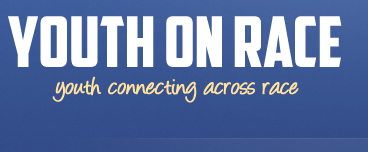




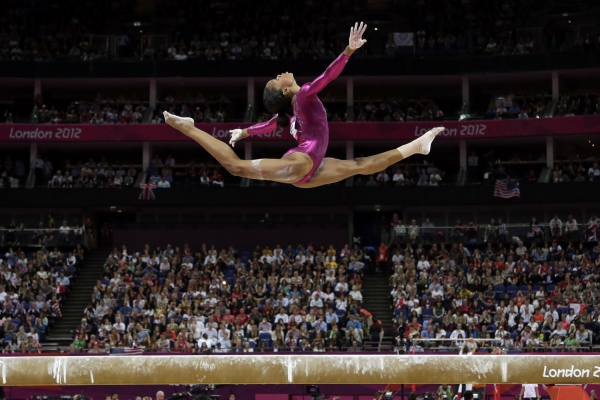
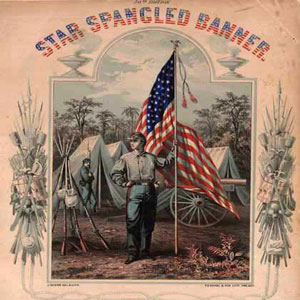
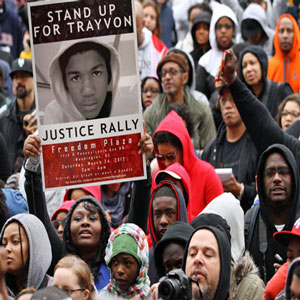
No Responses to “Educational Diversity: A Critical Tool For Overcoming Racial & Ethnic Tensions”